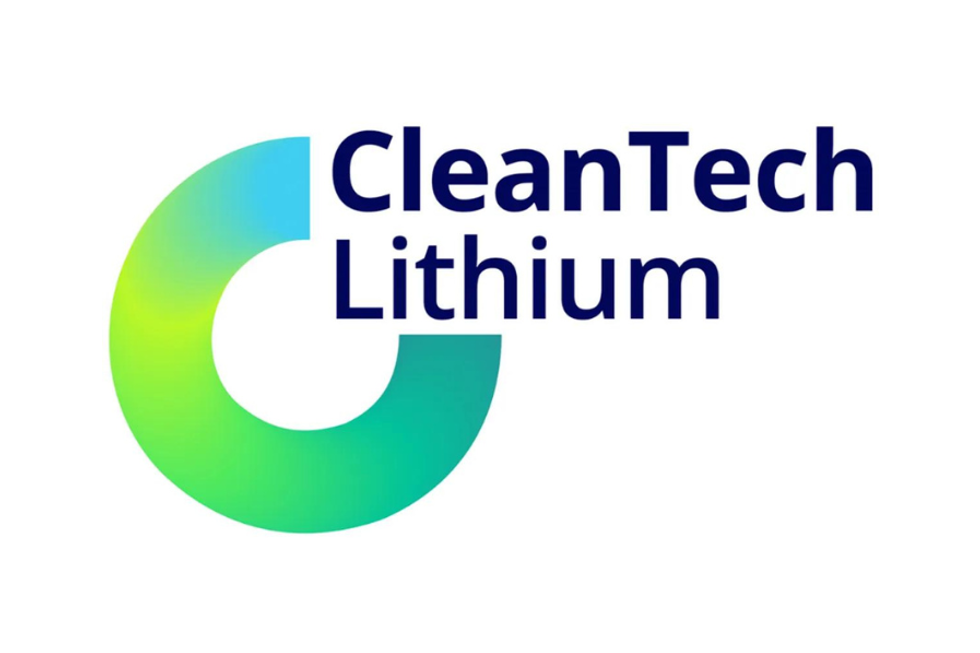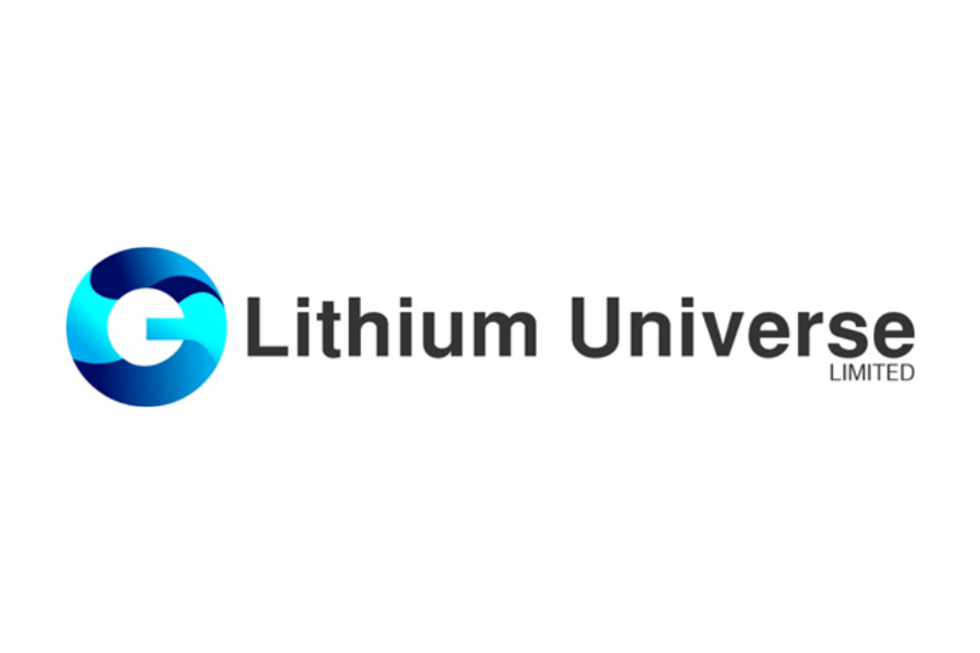The market has responded positively to the news of development with the share price appreciating over 8 percent on the news, while the Byron Capital Markets Lithium Index has declined 2 percent during the same period.
To celebrate the New Year, investors and stakeholders of Australian based lithium developer Orocobre Limited (ASX:ORE) (TSX:ORL) were provided with an eagerly anticipated positive approval from the Jujuy provincial government for the Environmental Impact Statement (EIS) on the development and exploitation of its Salar de Olaroz Lithium-Potash Project in northern Argentina. The development recommendation was fully supported by the Provincial Director on Mines and Energy Resources, the Unit of Mining Environmental Management (UGAMP), local community of Olaroz Chico and other regional community leaders.
Richard Seville, Managing Director of Orocobre was extremely optimistic, “We are delighted to have received approval of the EIS for the development and operation of our Olaroz project. This is a major milestone for the Company and is the key government approval. The project was fully supported by the local community and regional leaders.We lodged our development and exploitation EIS with the government in May 2010 and are the first project to be assessed under new provincial government legislation. The fact that it only took six months whilst operating in a new approval system is a testament to the professionalism of our people and their documented work, coupled with the reputation we have developed with stakeholder groups over the last three years working in Jujuy.”
The market has also responded positively to the news development with the share price appreciating over 8 percent on the news, while the Byron Capital Markets Lithium Index has declined 2 percent during the same period. Over the course of a full month of trading the Orocobre stock price has appreciated over 27 percent to its current trading range.
The affirmation and positive statements for the process could inspire a level of confidence in the favorability of the investment environment in the Argentinean jurisdiction. The government of Cristina Fernandez de Kirchner was adversely affected by a decline in private investment spending as a result of the government nationalizing private pension funds in late 2008 in an attempt to strengthen government financing. She succeeded her husband as President in late 2007, and the rapid economic growth of previous years began to slow sharply the following year as government policies held back exports and the world economy fell into recession. The death of former President Nestor Kirchner has created political space within the Peronist Party for a more conciliatory candidate. Although the current administration is now less confrontational, opposition is relatively weak and fragmented, so meaningful changes in macroeconomic policy are not expected before elections.
Regional Macroeconomic Outlook and Lithium Industry Implication
American professor of economics at New York University’s Stern School of Business and chairman of Roubini Global Economics, Nouriel Roubini, has upgraded his growth forecasts for Latin America, in his recently released outlook for 2011 in anticipation of resilient domestic demand, improved external conditions and elevated commodity prices.
He is forecasting annual growth rates of 4.7 percent in 2011 compared to the forecast of 4.1 percent growth target from September and 6.1 percent in 2010 from 5.7 percent. If correct, 2010 will mark Latin America’s strongest economic performance of the last decade and its fastest growth since 1980. Lithium investor’s may note that Chile is expected to perform better than Argentina, given relatively stronger fundamentals, a sound balance sheet and hard-won credibility in terms of macroeconomic policy making.
The main risks to this forecast for investors are stronger than expected inflation pressures from abroad, from a combination of higher commodity prices and stronger global aggregate demand, and policy complacency to avoid worsening the currency outlook. Strong currencies and favorable marginal growth rates could continue to widen current account deficits and narrow surpluses in 2011. Additionally, interest rate differentials and growth should keep the region relatively attractive for capital and financial inflows, limiting balance of payment risks.
A stronger balance sheet for Chile, elevated international reserve levels, policy flexibility and well-regulated and mostly domestically funded financial systems may buffer the region from the effects of excessive external volatility. However, as current account conditions deteriorate, countries will become more vulnerable to sudden changes in risk appetite and global liquidity conditions.
For lithium investors the destabilization of financial and fiscal conditions in the European Union is the more immediate threat, but the US monetary tightening cycle also should be kept in mind as both will have negative global economic and financial repercussions, which in turn will affect capital flows, export revenues, and domestic sentiment. Financing capital may be attracted to other areas where more favorable currency exchange rates and lower project risk might lead to declining stock prices.
Upcoming Conference
The 3rd Annual Lithium Supply and Markets Conference, hosted by Metal Bulletin is expected to be held later this month from January 19-21 at the Metro Toronto Convention Centre. The event promises to be a worthwhile event attracting exhibitors and delegates from across a diverse spectrum of more than 80 organizations including lithium producers, exploration and development companies, battery manufactures, regulators, non governmental agencies (NGOs) and industry analysts.






